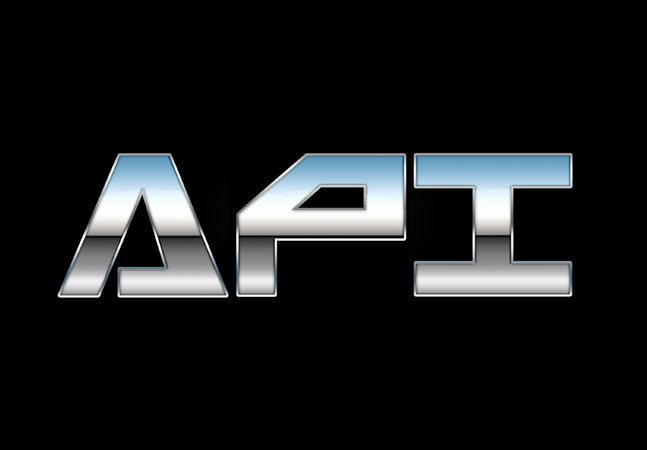
Microsoft's Power Apps low-code development offering was among four market leaders identified in a new report from research firm Forrester.

Two members of Microsoft's Windows Forms dev team appeared in a Channel 9 video on "Supporting VB.NET" in .NET 5," a task that in some ways poses "a huge challenge."

Pylance is now the default language server for Python in Visual Studio Code, providing IntelliSense functionality as of the May 2021 release of the Python Extension for VS Code.

Technical careers specialist Dice published its Q1 2021 Tech Job Report that details the fastest-growing hubs, roles and skills.

"The Rust language projection follows in the tradition established by C++/WinRT of building language projections for Windows using standard languages and compilers, providing a natural and idiomatic way for Rust developers to call Windows APIs."

RemObjects has debuted the Mercury programming language, described as a modern Visual Basic "with a future" for all platforms.

The regular monthly update to Visual Studio Code (April 2021, v1.56) has a bunch of preview features that developers can try out, along with the usual raft of new functionality.

Technical recruiting firm Built In published a report on what developer tech that job candidates are looking for, finding that C# had the biggest year-over-year increase from 2019 to 2020.

As humanity descends into a suicidal climate-change death spiral (some might say), Microsoft-centric software development is increasingly adopting "green" practices such as lowering CO2 emissions in order to slow the roll.

Microsoft dev teams for Azure Machine Learning (Azure ML) and Visual Studio Code have improved the developer experience in the super-popular, open source-based, cross-platform code editor.

The dotnet monitor tool that debuted as an experimental tool last year is now fully supported, helping developers access diagnostics information in a dotnet application.

The Rust programming language is gaining traction in the .NET community, both with Microsoft and among front-line developers.

Echoing an earlier report on the popularity of ASP.NET in the .NET/C# tech stack, a new survey from the .NET Foundation finds the web framework dominates the ranking of app models used by respondents.

Microsoft and several other industry heavyweights have joined to incorporate the Bytecode Alliance, on a mission to create new software foundations based on standards such as WebAssembly, a key component of Microsoft's Blazor project that allows for web coding with C# instead of JavaScript.

Because WebSockets allows for full-duplex communication channels over a single TCP connection, it can be used to open a two-way interactive communication session between the user's browser and a server.

The Oqtane project -- a modular application framework for Blazor -- has been updated with more templating functionality, along with user experience (UX) improvements and fixes.

Security firm Red Canary has open sourced a new Visual Studio Code extension that helps security analysts and engineers interact with the MITRE ATT&CK framework with the help of editor features like code completion, hover pop-ups and searching of attack techniques.

There's nothing about development tools such as Visual Studio and VS Code in the announcement of Microsoft's new five-year accessibility push, although they have long been getting such functionality from the dev teams.

About 57 percent of respondents chose VS Code, followed by Xcode (34 percent), Sublime Text (15 percent), IntelliJ (13 percent), PhpStorm (9 percent) and Nova (5 percent).

Polling more than 19,000 developers, the new "Developer Economics State of the Developer Nation, 20th Edition," report is out, finding that C# has ticked up a notch in popularity, overtaking PHP for No. 5 on that ranking. What's more, the big twice-yearly report identifies what areas are most and least popular for coding in Microsoft's flagship programming language.